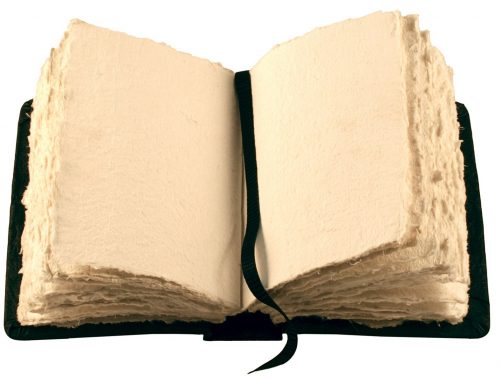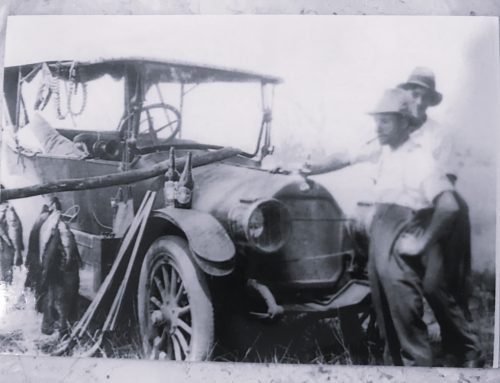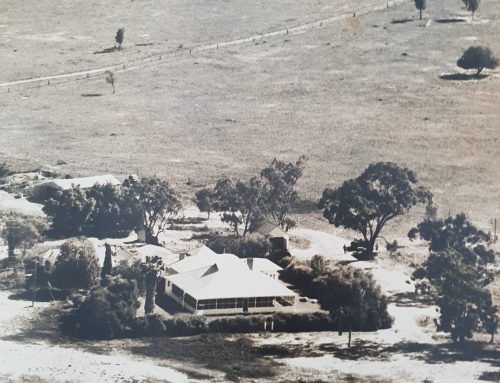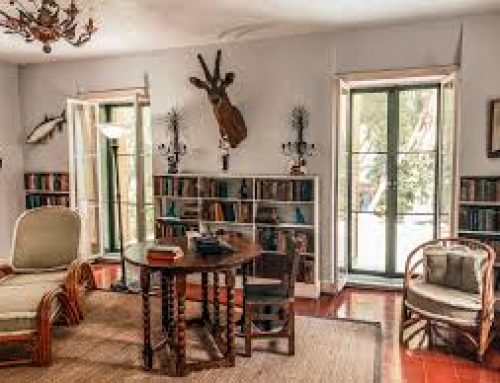It’s always a joy to meet someone special. I met prize winning professional artist Christine Porter some ten or twelve years ago in Mungindi of all places and selected one of her marvellous paintings as a gift on my father’s 70th birthday. Christine tells visual stories about rural Australia and is known for her on-farm residencies where she paints woolsheds and their surrounds. What a marvellous record of a stations heritage! Christine has achieved global success with her artwork international exhibitions, prizes and representation in important collections, including the National Gallery of Australia, A painter, printmaker , teacher and publisher, she lives in Lismore in northern NSW after spending time in western Qld in the early part of her career. Her paintings concentrate on images of the sheep and wool industries. Her etchings are more personal narratives. I asked Christine about her art and her inspiration…
Backlit gate 2013 watercolour on paper 29 x 31cm
 1. Tell me about your artwork ?
1. Tell me about your artwork ?
Having several strings to my bow makes my life interesting. Im best known, however, for my watercolour paintings of shearing sheds, that Ive been doing since 1984 when I was a governess in north Queensland. Since then Ive been invited to sheep and cattle stations all over western Queensland and New South Wales as a “serial artist-in-residence”. I make artwork about the sheds, the landscape, the stock, or whatever catches my eye. The best paintings happen when I stay on the property for a few days, drawing, painting and taking notes. When I return home I can spend up to six months completing the project. The resulting artwork sometimes forty or more paintings – becomes an historic portrait of the place. The commissioning family has first option to view or buy the work, then its exhibited in galleries or art shows around the world
 old dip 2013 watercolour on paper 17 x 17cm
old dip 2013 watercolour on paper 17 x 17cm
What inspires you?
I love painting shearing sheds. I love recording them accurately. I love the way the sunlight creates shapes on timber and tin. Mine is a subject-based practice rather than academic, or created from my imagination, but each project still has its own story. Sometimes there are whole collections based on more abstract ideas than simply what it looks like. The most important thing for me is that its in response to MY feelings or ideas. That’s what being an artist is about. It’s not about making something because it might sell, or because someone tells you thats what art is. It’s about what makes your heart feel like it’s coming into land at Barcaldine airport, in the middle of summer, in the oldest DC3 in the fleet. You’re not really sure if you are going to make it, and all you can think about when you land, moments after your lunch wants to, is that at the Royal Easter Show people pay good money for experiences like this.
But shearing sheds?
Western View 2013 watercolour on paper 26 x 70cm
This shearing shed is typical of many that I make artwork about. It was built at a time when the sheep industry carried Australia on its back: when our wool warmed the world. Land use and markets have changed. Often, as the artist, I am the last one in before the bulldozers. My work describes the final shearing, the flock replaced by herd, the loss of respect for an industry that placed the Australian economy on the world stage. I meet people from the cities or coastal fringes and hear their mis-information and mis-understandings about agriculture and grazing. It is a gradual and inevitable amnesia that describes the true balance of power in a country that still needs to feed itself.
This work is not deliberately nostalgic. Its about real people, real places. Its about how, despite those lifestyles being trivialized by mass media and hijacked by tourism, for so many Australians this is still home.
Whats your advice to emerging artists?
Find your own voice. Listen to your teachers, but learn from yourself. Feel what makes you happy. I might sell my art for money, but I MAKE it for me.
Thats the only truth that matters.
Visit Christine at www.christineporter.com.au
www.facebook.com/christine.porter.9







Leave A Comment